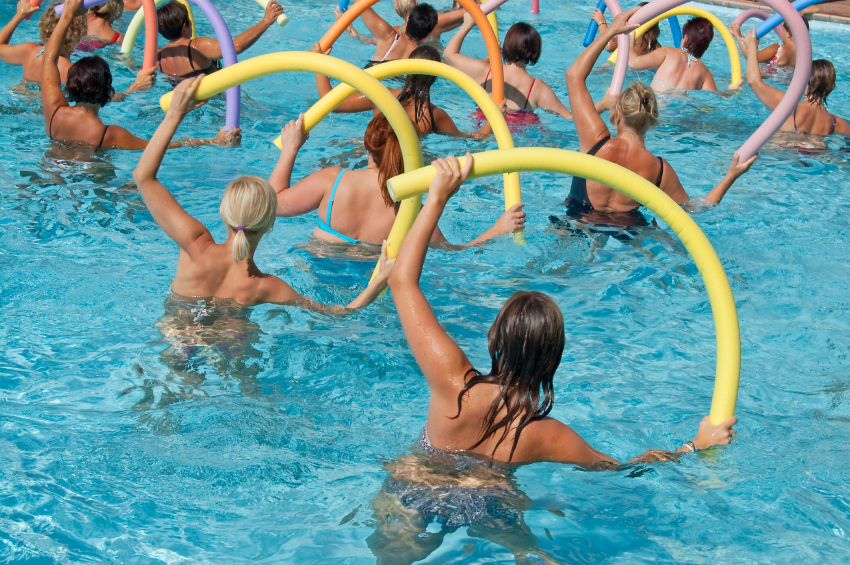For millions of people, swimming is a popular low-impact exercise. It’s excellent for many things: increasing aerobic capacity, cardiovascular and muscular strength, endurance, flexibility, and posture/core strength. It’s low-impact, too, making it a great cross-training exercise (especially for runners). But just because it’s low-impact, doesn’t mean you can’t get injured.
Consider this: if you rotate each shoulder 10 times over 25 meters, you’re rotating them 640 times in a one-mile swim. Multiply that over a few workouts a week, and it is easy to see how the shoulder could get injured. Swimmer’s shoulder is one of the most common repetitive stress injuries. This injury is often associated with repetitive freestyle stroke, but it also can occur with the backstroke and butterfly strokes. The rotator cuff is a series of small muscles in the shoulder that allows the shoulder to rotate while keeping the joint stable. With weakness or fatigue, the muscles can experience pressure on the shoulder blade when the arm is lifted.
Shoulder instability can occur if the bicep or rotator cuff is inflamed or weak. These injuries typically respond to a well-designed rehabilitation program to strengthen and increase endurance to the rotator cuff, biceps, and upper-back muscles. Addressing flexibility, posture, and dynamic stability are also important factors in successful injury recovery.
The most common cause of swimmer’s shoulder is incorrect technique. Some things to consider:
- Avoid bringing your arm across the midline of your body with each stroke.
- Don’t overreach or over-rotate (all fingers should enter the water simultaneously.)
- Rotate your head to each side equally to develop neck muscles on both sides.
- Bend your arm at your elbows when pulling in the water.
- Pull buoys and paddles are great to use for drills and strengthening, but too much use can add to the stress on the shoulder. Your local swim-supply store can recommend paddles designed to limit shoulder stress.
- Take rest days and cross train when experiencing undue fatigue.
Injuries associated with swimming are also seen in the back, neck, and knee. Wrist, hand, and ankle/calf injuries are possible but less common. Maintaining good core strength, avoiding too much emphasis on a particular stroke, and stretching can help limit these injuries. Always warm up and cool down properly before and at the end of the swim workout. During the swim, maintain good technique—especially when you get tired. Speak with a sports medicine professional if you have concerns about an injury or prevention strategies, and how to properly return to swimming after an injury.
Bill Borowski, is director of athletic training services at Baylor Institute for Rehabilitation. Baylor Rehab has more than 50 outpatient therapy locations across North Texas. To find the nearest location, or if you need to be evaluated by a sports medicine professional, contact [email protected] or go to BaylorHealth.com/Rehab.





